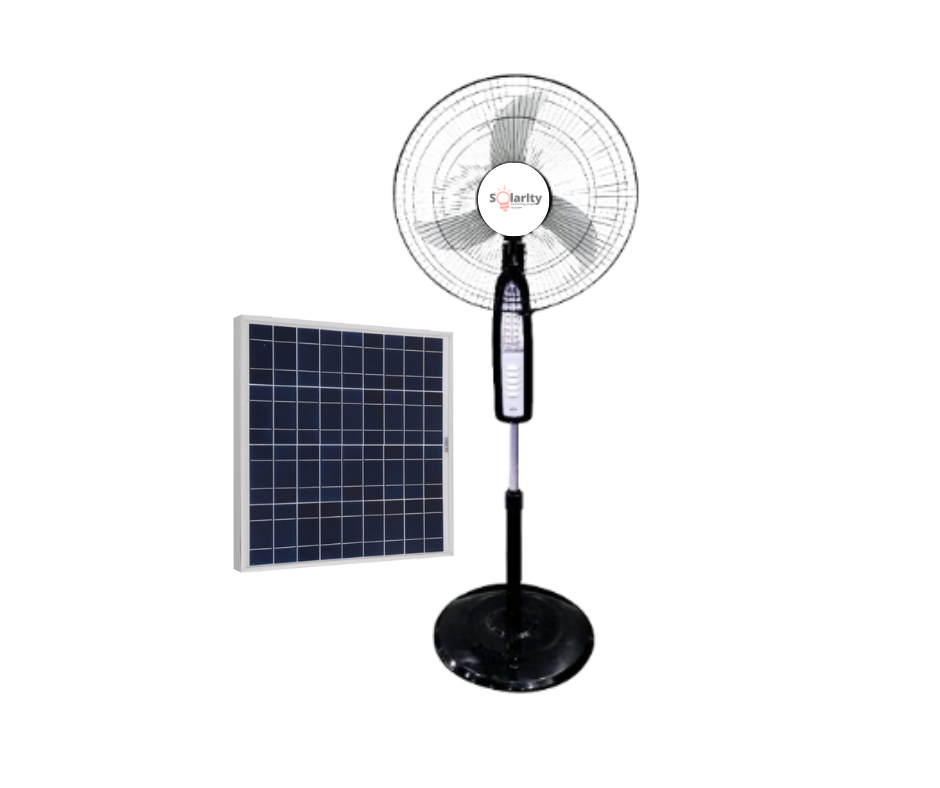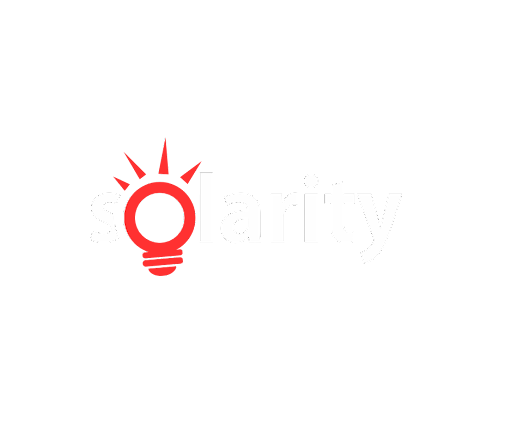The size of the solar panel needed for a solar standing fan depends on several factors, including the power consumption of the fan, the desired charging time, and the efficiency of the solar panels. Here are some considerations to help determine the appropriate size of the solar panel:

Power Consumption of the Fan: Determine the power consumption of the solar standing fan, usually measured in watts (W). This information is typically provided in the fan’s specifications or user manual. The higher the power consumption, the larger the solar panel needed to generate sufficient electricity to operate the fan.
Charging Time: Decide how quickly you want the solar panel to charge the fan. A larger solar panel can generate more electricity in a given amount of time, resulting in faster charging. Consider your charging requirements and the amount of sunlight available to determine an appropriate charging time.
Sunlight Availability: Assess the average amount of sunlight available in the location where the solar standing fan will be used. Areas with higher levels of sunlight may require smaller solar panels, while areas with lower sunlight intensity may necessitate larger panels to compensate for reduced charging efficiency.
Efficiency of Solar Panels: Consider the efficiency of the solar panels themselves. Higher-efficiency panels can generate more electricity from the same amount of sunlight compared to lower-efficiency panels. Opting for more efficient panels may allow you to achieve the desired charging capacity with a smaller panel size.
Battery Backup (if applicable): If the solar standing fan includes a battery backup system, factor in the battery capacity and charging requirements when determining the size of the solar panel. A larger battery may require a larger solar panel to charge fully within a reasonable amount of time.
Manufacturer Recommendations: Check if the manufacturer provides any recommendations or guidelines regarding the size of the solar panel needed for optimal performance of the fan. Manufacturers may offer specific sizing recommendations based on the fan’s power requirements and intended use.
Ultimately, the size of the solar panel needed for a solar standing fan will depend on the specific requirements of the fan, the available sunlight, and your charging preferences. It’s advisable to consult with the manufacturer or a solar energy expert to determine the most suitable size of the solar panel for your needs.
Let Electricity Pay Your Bills
The process is easy!
1
Tell us exactly what you need
If you’re looking to purchase a solar light or solar generator to power your home, determining the number of watts the solar light and solar generator will need to run all your appliances can be a daunting task. But really, it’s just a matter of simple math. With just a few easy steps, you can figure out how many watts you need to run your home, and if you cannot figure it out yourself, contact us today for more information.
2
Get 10% Off Now
Then, if you have decided to go for solar, give us a call back to inspect the location, building, and wattage.
3
Enjoy your purchase!
Thank you for your purchase and for joining our mailing list. We look forward to having you be one of the first to find out about the exclusive deals, new arrivals, and big events coming up.
Ready to Go Solar? Get a quote now!
The future of battery inverters technology
Battery inverter technology is likely to continue evolving in several directions to meet the growing demand for energy storage solutions and to enhance their efficiency, reliability, and flexibility. Here are some potential developments: Higher Efficiency: One of the primary goals of battery inverter technology is to improve efficiency. This involves
What are the Key Considerations for Choosing a Solar Inverter?
When selecting a solar inverter for your home, there are several factors to consider: Size and Capacity Ensure the inverter you choose can handle the energy output of your solar panels. An undersized inverter will bottleneck your system’s performance, while an oversized one may not be cost-effective. Efficiency Ratings Look
What is a charge controller?
A solar inverter charge controller is another critical component in a solar power system. It regulates the voltage and current coming from the solar panels to ensure that batteries are charged safely and efficiently. Why You Need a Charge Controller Batteries have specific charging requirements, and without proper regulation, you
How Solar Inverters Work in Homes
Harnessing the sun’s power for electricity isn’t just about mounting solar panels on your roof and calling it a day. There’s a critical component in the mix that often doesn’t get as much limelight but plays a pivotal role in your home solar system—the solar inverter. Understanding how solar inverters
Understanding the Basics of Solar Inverters
Harnessing the power of the sun through solar panels is becoming increasingly popular as the world moves towards sustainable energy sources. But the electricity generated by solar panels isn’t immediately ready to power your home. This is where solar inverters come into play, playing a crucial role in any solar
© 2024 Movely. All Rights Reserved.
